Seismic Behavior of Micropiles and Micropiled Structures Used for Increasing Resilience: A Literature Review
Abstract
:Featured Application
Abstract
1. Introduction
2. General Aspects on Micropiles
2.1. Classification
2.2. Technology
3. Seismic Behavior of Micropiles
3.1. General Aspects about Seismic Behavior of Piles and Micropiles
3.2. Factors of Influence
3.2.1. MP-Related Factors
3.2.2. Soil-Related Factors
3.2.3. Factors Related to the MP-to-Structure Connection
3.2.4. MP Seismic Interaction Factors
- Effects of the MP embedment length on the foundation-input motion;
- Effects of MP inclination on the foundation-input motion;
- Effects of the MP installation method on foundation-input motion;
- Damping ratio considering MPs;
- Modification in the natural frequencies as a function of existing MPs.
3.3. Behavior of MPs in Association with Seismic Dampers
4. MP Modeling by Experimental and Numerical Methods
5. Discussion
6. Conclusions
Author Contributions
Funding
Conflicts of Interest
References
- Sabatini, P.J.; Tanyu, B.; Armour, T.; Groneck, P.; Keeley, J. Micropile Design and Construction Guidelines; FHWA: Washington, DC, USA, 2005; p. 380. [Google Scholar]
- EN 14199:2015; Execution of Special Geotechnical Works—Micropiles. CEN—European Committee for Standardization: Brussels, Belgium, 2015.
- Juran, I.; Bruce, D.A.; Dimillio, A.; Benslimane, A. Micropiles: The State of Practice. Part II: Design of Single Micropiles and Groups and Networks of Micropiles. Ground Improv. 1999, 3, 89–110. [Google Scholar] [CrossRef]
- Bruce, D.A.; Rudy, L. Recent Advances in Overburden and Down-the-Hole Drilling Techniques; American Society of Civil Engineers (ASCE): Honolulu, HI, USA, 2017; pp. 82–91. [Google Scholar]
- Aboutabikh, M.; Soliman, A.M.; El Naggar, M.H. Performance of Hollow Bar Micropiles Using Green Grout Incorporating Treated Oil Sand Waste. J. Build. Eng. 2020, 27, 100964. [Google Scholar] [CrossRef]
- Capatti, M.C.; Dezi, F.; Morici, M. Field Tests on Micropiles under Dynamic Lateral Loading. Procedia Eng. 2016, 158, 236–241. [Google Scholar] [CrossRef] [Green Version]
- Mashhoud, H.J.; Yin, J.H.; Panah, A.K.; Leung, A.Y.F. Shaking Table Test Study on Dynamic Behavior of Micropiles in Loose Sand. Soil Dyn. Earthq. Eng. 2018, 110, 53–69. [Google Scholar] [CrossRef]
- Lago, A.; Trabucco, D.; Wood, A. Damping Technologies for Tall Buildings Theory, Design Guidance and Case Studies, 1st ed.; Butterworth-Heinemann: Oxford, UK, 2018; p. 1124. [Google Scholar]
- Highway Subcommittee on Bridges and Structures. LRFD Bridge Design Specifications; American Association of State Highway and Transportation Officials: Washington, DC, USA, 2012. [Google Scholar]
- German Geotechnical Society. Recommendations on Piling (EA Pfähle); Wiley Blackwell: Hoboken, NJ, USA, 2013. [Google Scholar]
- Ghorbani, A.; Hasanzadehshooiili, H.; Ghamari, E.; Medzvieckas, J. Comprehensive Three-Dimensional Finite Element Analysis, Parametric Study and Sensitivity Analysis on the Seismic Performance of Soil-Micropile-Superstructure Interaction. Soil Dyn. Earthq. Eng. 2014, 58, 21–36. [Google Scholar] [CrossRef]
- Sadek, M.; Shahrour, I. Influence of the Head and Tip Connection on the Seismic Performance of Micropiles. Soil Dyn. Earthq. Eng. 2006, 26, 461–468. [Google Scholar] [CrossRef]
- Shahrour, I.; Hassan, A.; Souli, Y. 3D Elastoplastic Analysis of the Seismic Performance of Inclined Micropiles. Comp. Geotech. 2012, 39, 1–7. [Google Scholar]
- Capatti, M.C.; Dezzi, F.; Carbonari, S. Full-Scale Experimental Assessment of the Dynamic Horizontal Behavior of Micropiles in Alluvial Silty Soils. Soil Dyn. Earthq. Eng. 2018, 113, 58–74. [Google Scholar] [CrossRef]
- Heo, O.; Yoon, Y.; Do, J. Comparative Study of the Field Performances of Pressure-Grouted Micropiles Using Gravity and Packers. Appl. Sci. 2021, 11, 6736. [Google Scholar] [CrossRef]
- Kim, D.; Kim, G.; Kim, I.; Lee, J. Assessment of load sharing behavior for micropiled rafts installed with inclined condition. Eng. Struct. 2018, 172, 780–788. [Google Scholar] [CrossRef]
- Jia, J. Soil Dynamics and Foundation Modeling. Offshore and Earthquake Engineering; Springer International Publishing: Berlin/Heidelberg, Germany, 2018. [Google Scholar]
- Kaynia, A.M.; Kausel, E. Dynamics of Piles and Pile Groups in Layered Soil Media. Soil Dyn. Earthq. Eng. 1991, 10, 386–401. [Google Scholar] [CrossRef]
- Applied Technology Council. A Practical Guide to Soil-Structure Interaction; FEMA: Washington, DC, USA, 2020. [Google Scholar]
- Wang, X.; Zhou, Q.; Zhu, K.; Shi, L.; Li, X.; Wang, H. Analysis of Seismic Soil-Structure Interaction for a Nuclear Power Plant (HTR-10). Sci. Technol. Nucl. Install. 2017, 2017, 2358403. [Google Scholar] [CrossRef] [Green Version]
- Conțiu, M.; Ghiocel, D.M.; Cretu, D.; Botis, M.F. A Step-by-Step Probabilistic Seismic Soil–Structure Interaction Analysis with Ground Motion Incoherency for a Bridge Pier on Bored Pile Foundations. Appl. Sci. 2022, 12, 1828. [Google Scholar] [CrossRef]
- Chopra, A.K. Dynamics of Structures: Theory and Applications to Earthquake Engineering, 4th ed.; Pearson: London, UK, 2011. [Google Scholar]
- De Luca, A.; Guidi, L.G. State of Art in the Worldwide Evolution of Base Isolation Design. Soil Dyn. Earthq. Eng. 2019, 125, 10572. [Google Scholar] [CrossRef]
- Cho, C.B.; Kim, Y.J.; Chin, W.J.; Lee, J.Y. Comparing Rubber Bearings and Eradi-Quake System for Seismic Isolation of Bridges. Materials 2020, 13, 5247. [Google Scholar] [CrossRef]
- Xie, W.; Limin, S. Assessment and Mitigation on Near-Fault Earthquake Wave Effects on Seismic Responses and Pile-Soil Interactions of Soil-Pile-Bridge Model. Soil Dyn. Earthq. Eng. 2021, 143, 106596. [Google Scholar] [CrossRef]
- Medina, C.; Alamo, M.; Guillermo, M.; Aznarez, G.; Padron, L.A.; Meso, O.F. Influence of Soil Non-Homogeneity on the Base Shear Force of Piled Structures Subjected to Harmonic Seismic Waves. Eng. Struct. 2020, 215, 110658. [Google Scholar] [CrossRef]
- Alhan, C.; Öncü-Davas, S. Performance Limits of Seismically Isolated Buildings under Near-Field Earthquakes. Eng. Struct. 2016, 116, 83–94. [Google Scholar] [CrossRef]
- Talaeitaba, S.B.; Safaie, M.; Zamani, R. Development and Application of a New Base Isolation System in Low-Rise Buildings. Structures 2021, 34, 1684–1709. [Google Scholar] [CrossRef]
- Altalabani, D.; Hejazi, F.; Rashid, R.S.B.M.; Abd Aziz, F.N.A. Development of New Rectangular Rubber Isolators for a Tunnel-Form Structure Subjected to Seismic Excitations. Structures 2021, 32, 1522–1542. [Google Scholar] [CrossRef]
- Lupășteanu, V.; Soveja, L.; Lupasteanu, R.; Chingalata, C. Installation of a Base Isolation System Made of Friction Pendulum Sliding Isolators in a Historic Masonry Orthodox Church. Eng. Struct. 2019, 188, 369–381. [Google Scholar] [CrossRef]
- Usta, P. Investigation of a Base-Isolator System’s Effects on the Seismic Behavior of a Historical Structure. Buildings 2021, 11, 217. [Google Scholar] [CrossRef]
- Yenidogan, C. Earthquake-Resilient Design of Seismically Isolated Buildings: A Review of Technology. Vibration 2021, 4, 602–647. [Google Scholar] [CrossRef]
- Whittaker, D.; Parker, W.; Pettinga, D.; Pietra, D.; McVerry, G.; Sidwell, G.; Cattanach, A.; Charleson, A.; Kam, Y.W. Guideline for the Design of Seismic Isolation Systems for Buildings; New Zealand Society for Earthquake Engineering: Wellington, New Zealand, 2019. [Google Scholar]
- Potts, D.M. Finite Element Analysis in Geotechnical Engineering: Volume One—Theory; Thomas Telford Ltd.: London, UK, 1999. [Google Scholar]
- Alsaleh, H.; Shahrour, I. Influence of Plasticity on the Seismic Soil-Micropiles-Structure Interaction. Soil Dyn. Earthq. Eng. 2009, 29, 574–578. [Google Scholar] [CrossRef]
- Alnuaim, A.M.; El Naggar, M.H.; El Naggar, H. Numerical Investigation of the Performance of Micropiled Rafts in Sand. Comp. Geotech. 2016, 77, 91–105. [Google Scholar] [CrossRef]
- Alnuaim, A.M.; El Naggar, M.H.; El Naggar, H. Performance of Micropiled Rafts in Clay: Numerical Investigation. Comp. Geotech. 2018, 99, 42–54. [Google Scholar] [CrossRef]
- Hwang, T.H.; Kim, K.H.; Shin, J.H. Effective Installation of Micropiles to Enhance Bearing Capacity of Micropiled Raft. Soils Found. 2017, 57, 36–49. [Google Scholar] [CrossRef]
- Elaziz, A.Y.A.; Hesham El Naggar, M. Axial Behaviour of Hollow Core Micropiles under Monotonic and Cyclic Loadings. Geotech. Test. J. 2012, 35, 103880. [Google Scholar]
- Wang, C.; Jin, T.H.; Young, E.J. Experimental Investigation of Micropile Stiffness Affecting the Underpinning of an Existing Foundation. Appl. Sci. 2019, 9, 2495. [Google Scholar] [CrossRef] [Green Version]
- Abbas, Q.; Choi, W.; Kim, G. Characterizing Uplift Load Capacity of Micropiles Embedded in Soil and Rock Considering Inclined Installation Conditions. Comp. Geotech. 2021, 132, 103995. [Google Scholar] [CrossRef]
- El Kamash, W.; El Naggar, H.; To, P.; Sivakugan, N. The Effect of Long-Term Consolidation on Foundations Underpinned by Micropiles in Soft Clay. Ain Shams Eng. J. 2022, 13, 101487. [Google Scholar] [CrossRef]
- Budhu, M. Soil Mechanics and Foundations, 3rd ed.; Wiley & Sons: Hoboken, NJ, USA, 2010. [Google Scholar]
- Talpoș, I.V.; Batali, L. Comportarea Fundațiilor pe Terenuri Imbunătățite cu Incluziuni Rigide sau Semirigide Verticale Sub Acțiuni Dinamice. Ph.D. Thesis, Technical University of Civil Engineering, Bucharest, Romania, 2014. [Google Scholar]
- Talpos, I.V.; Batali, L. Numerical modelling of the dynamic behaviour of soils reinforced with rigid inclusions. In Proceedings of the International Multidisciplinary Scientific GeoConference: SGEM, Albena, Bulgaria, 16–22 June 2013; Volume 1. [Google Scholar]



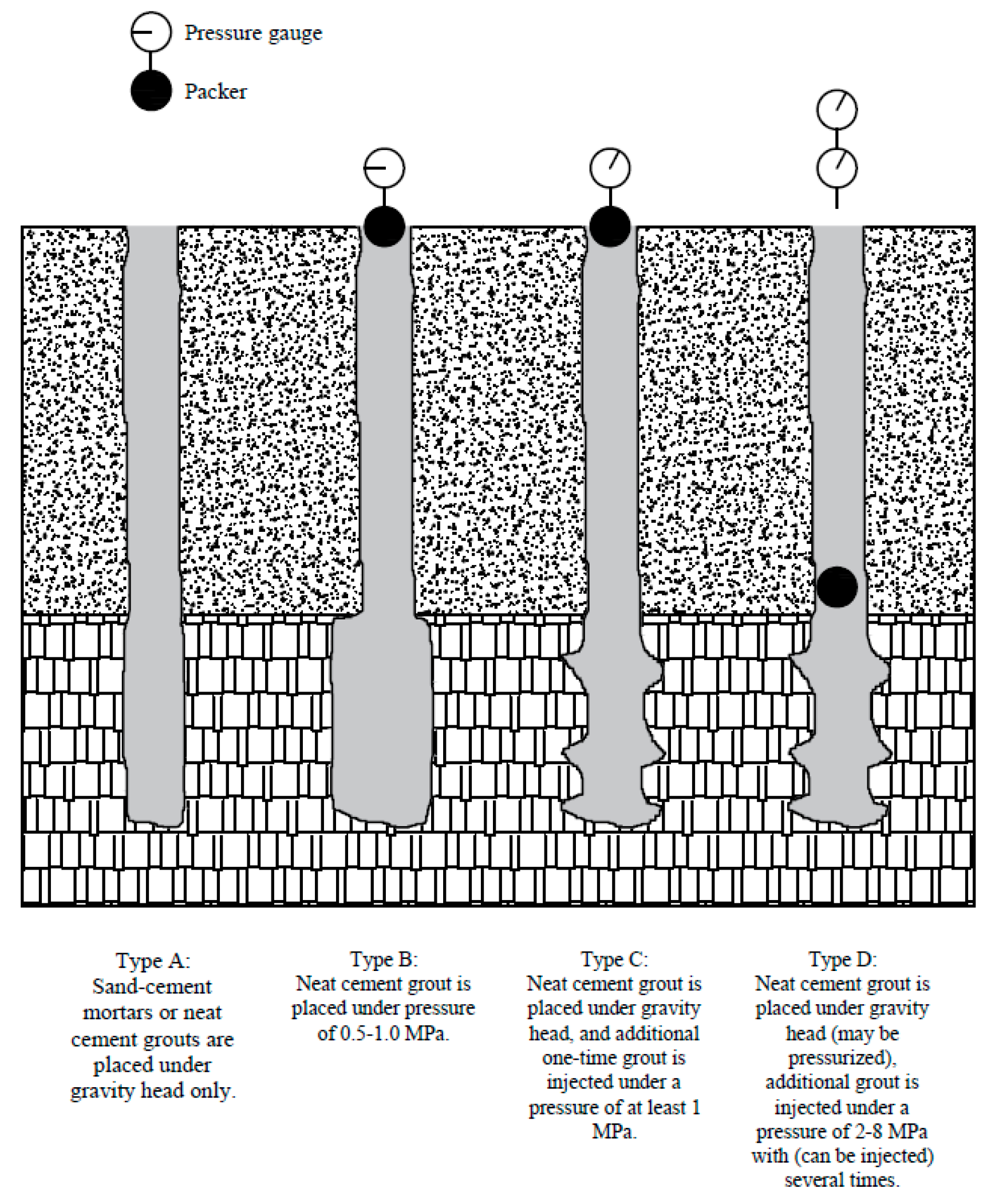
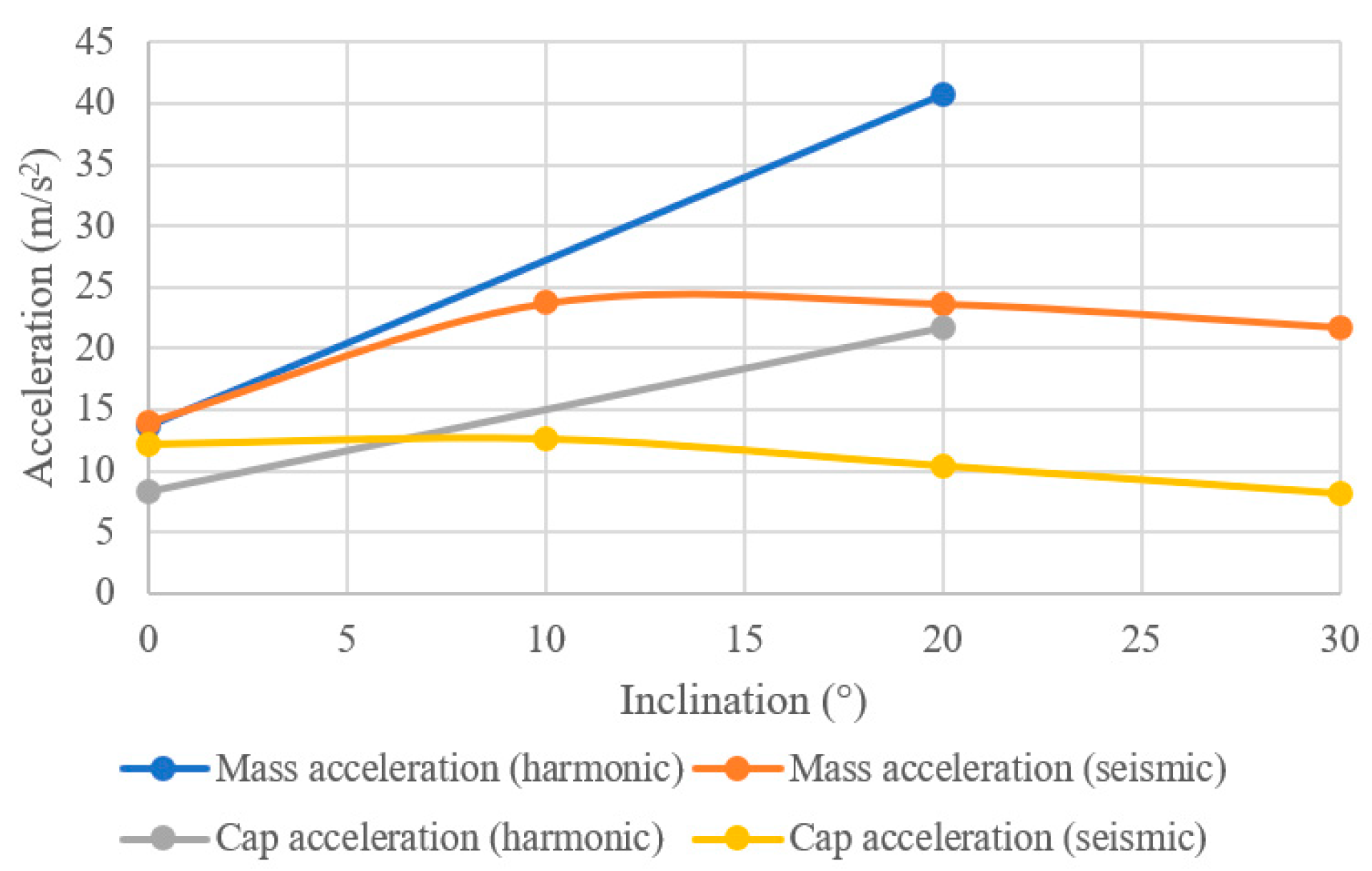


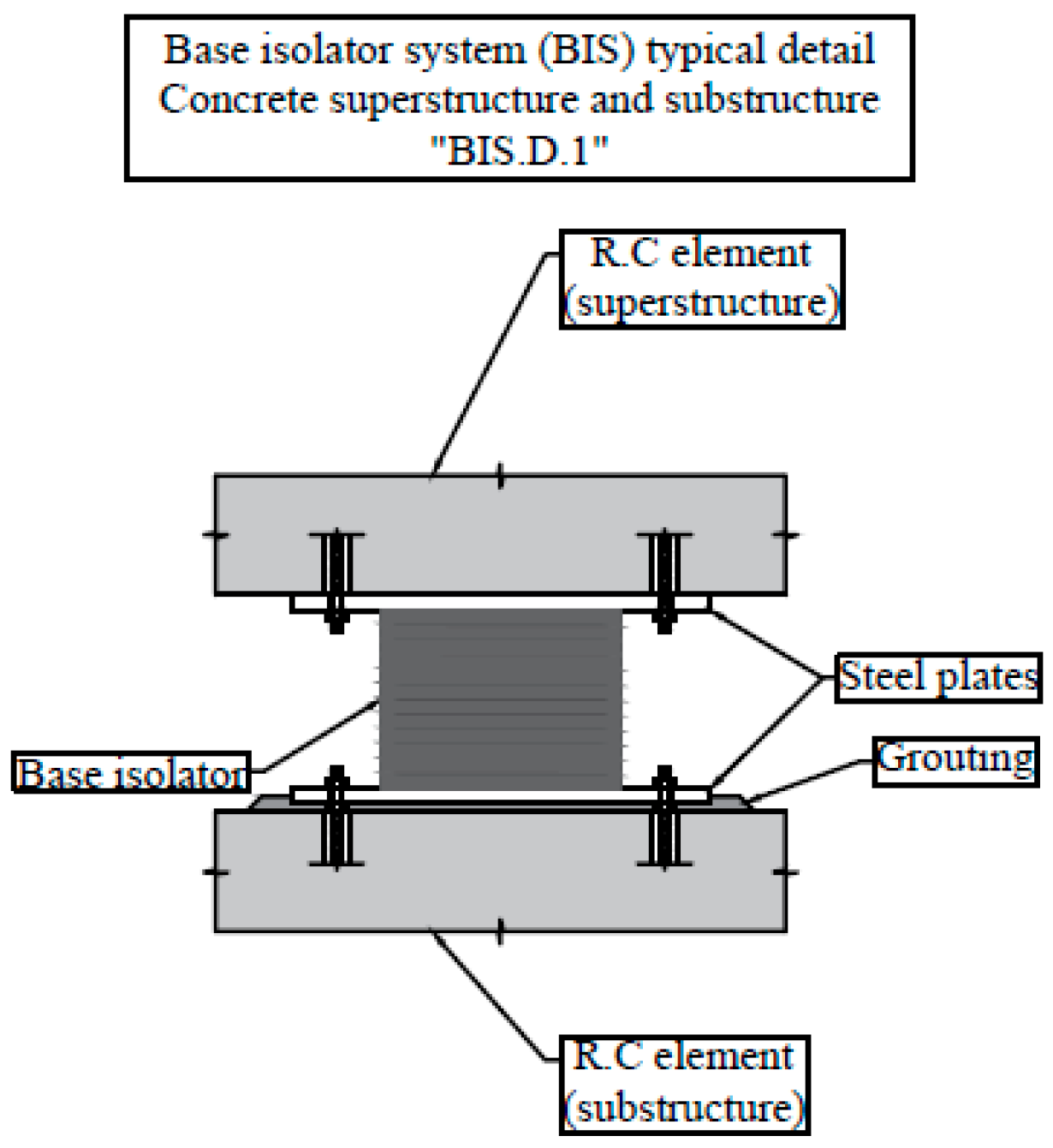

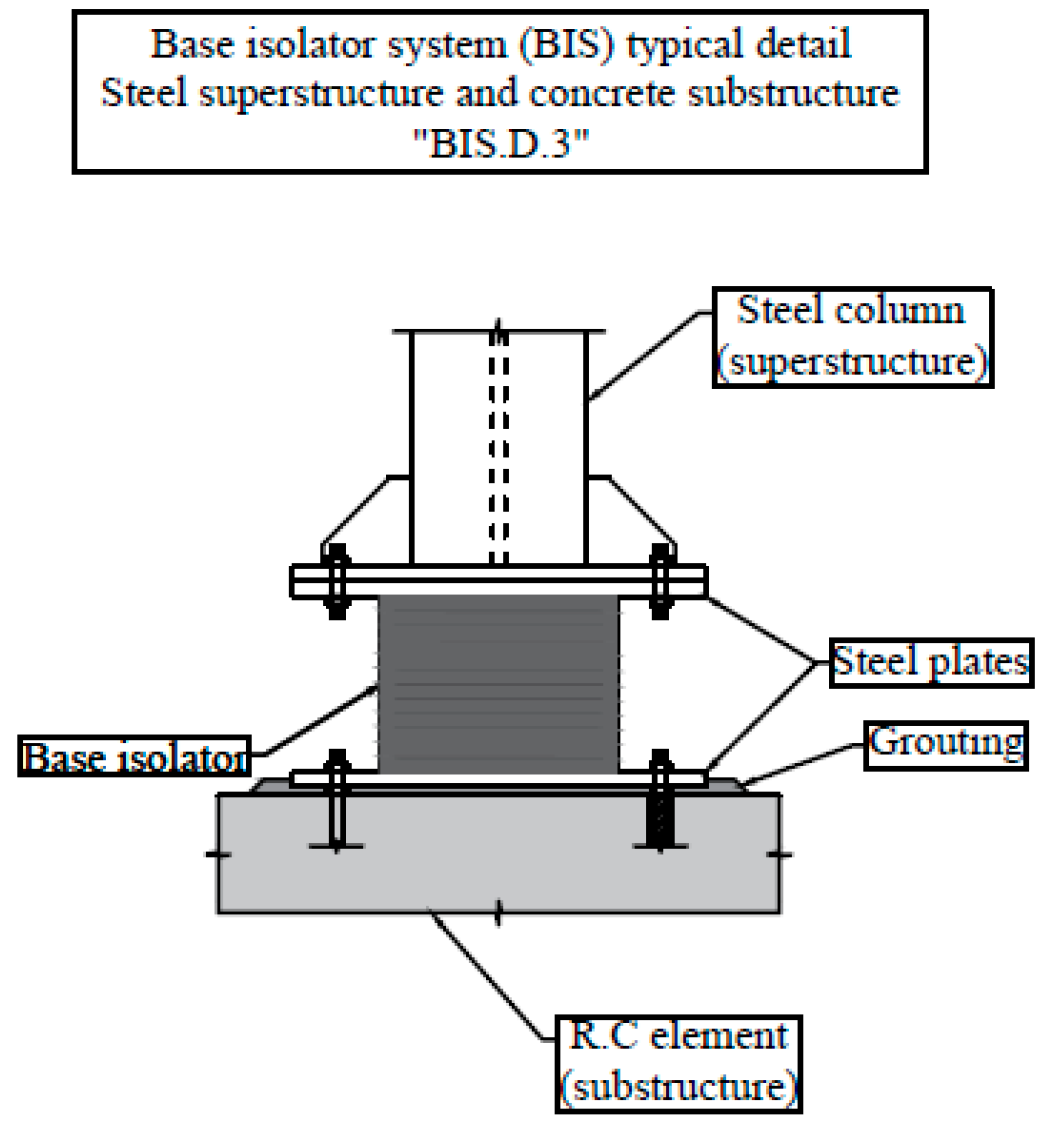
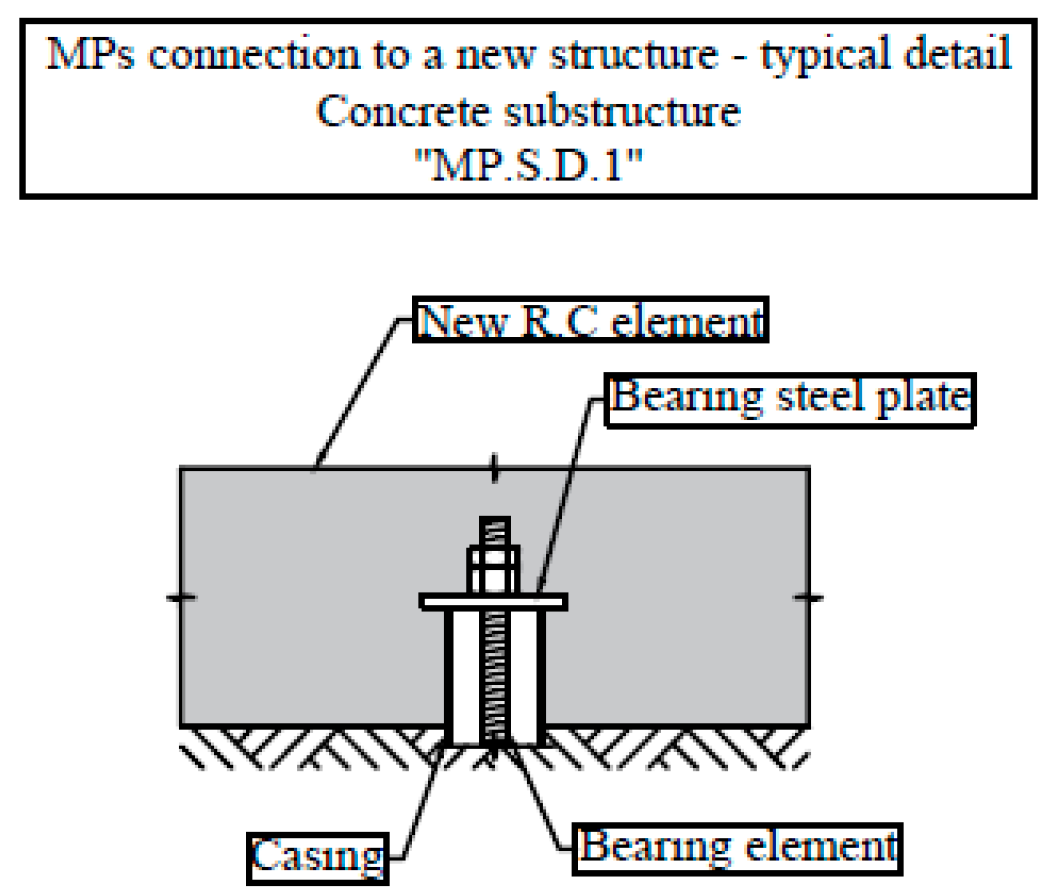
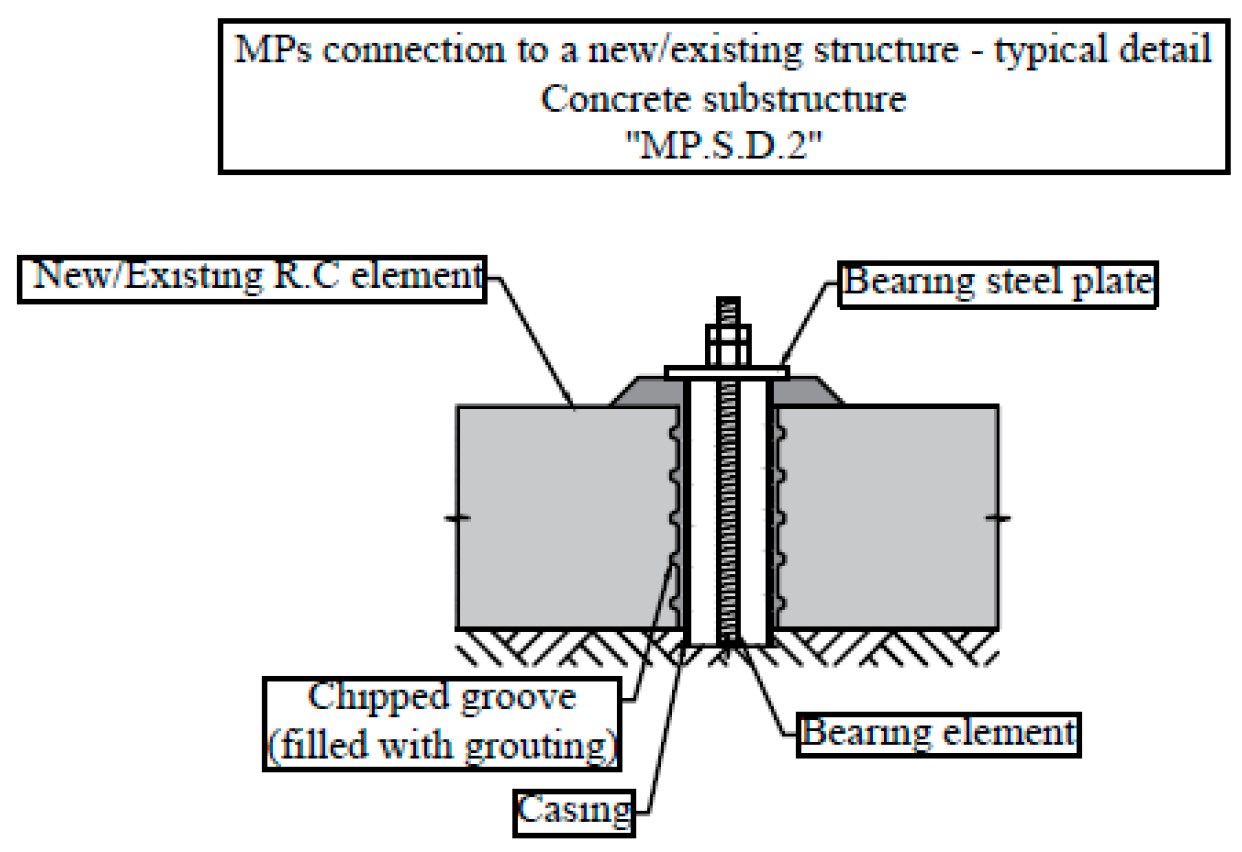

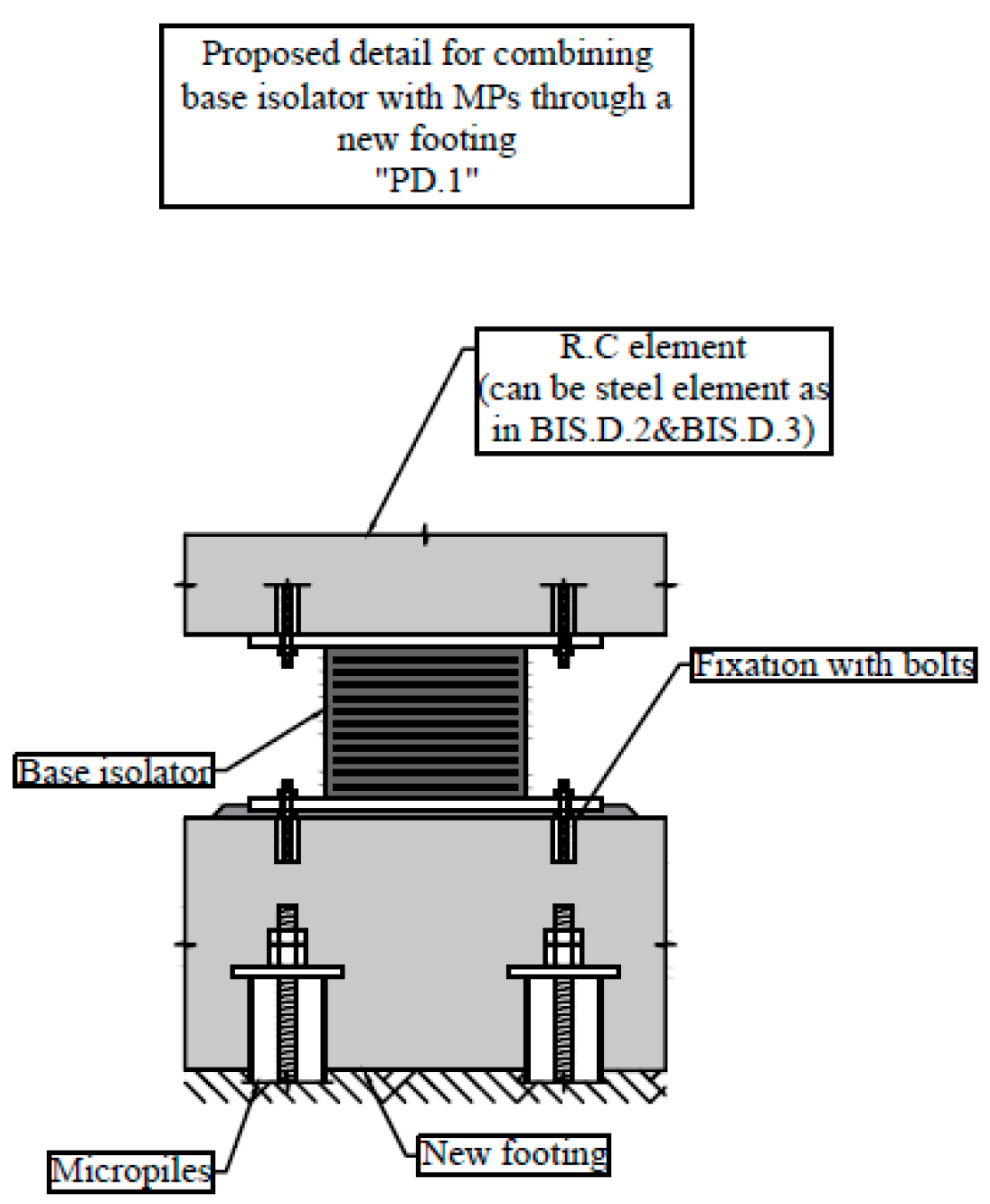
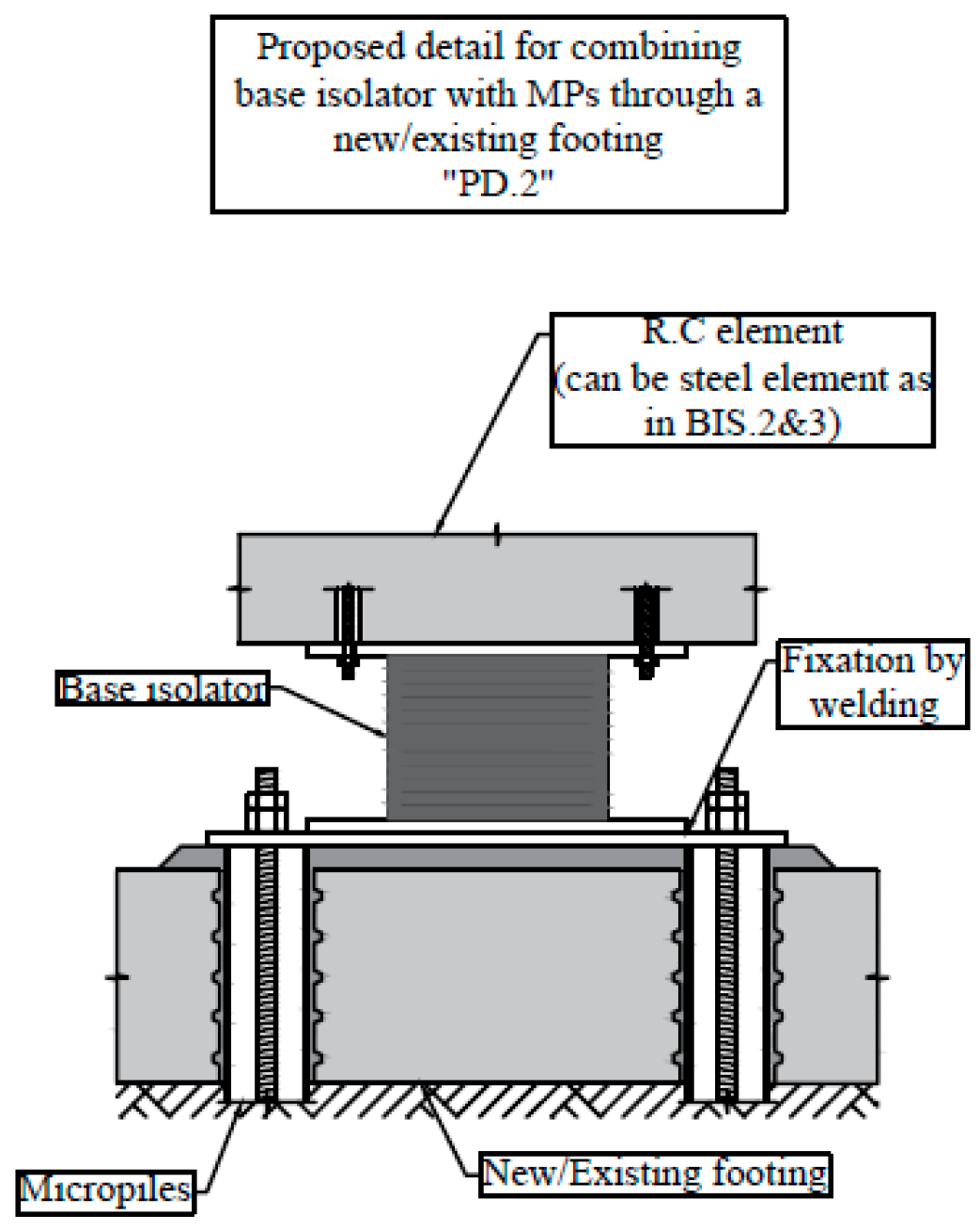


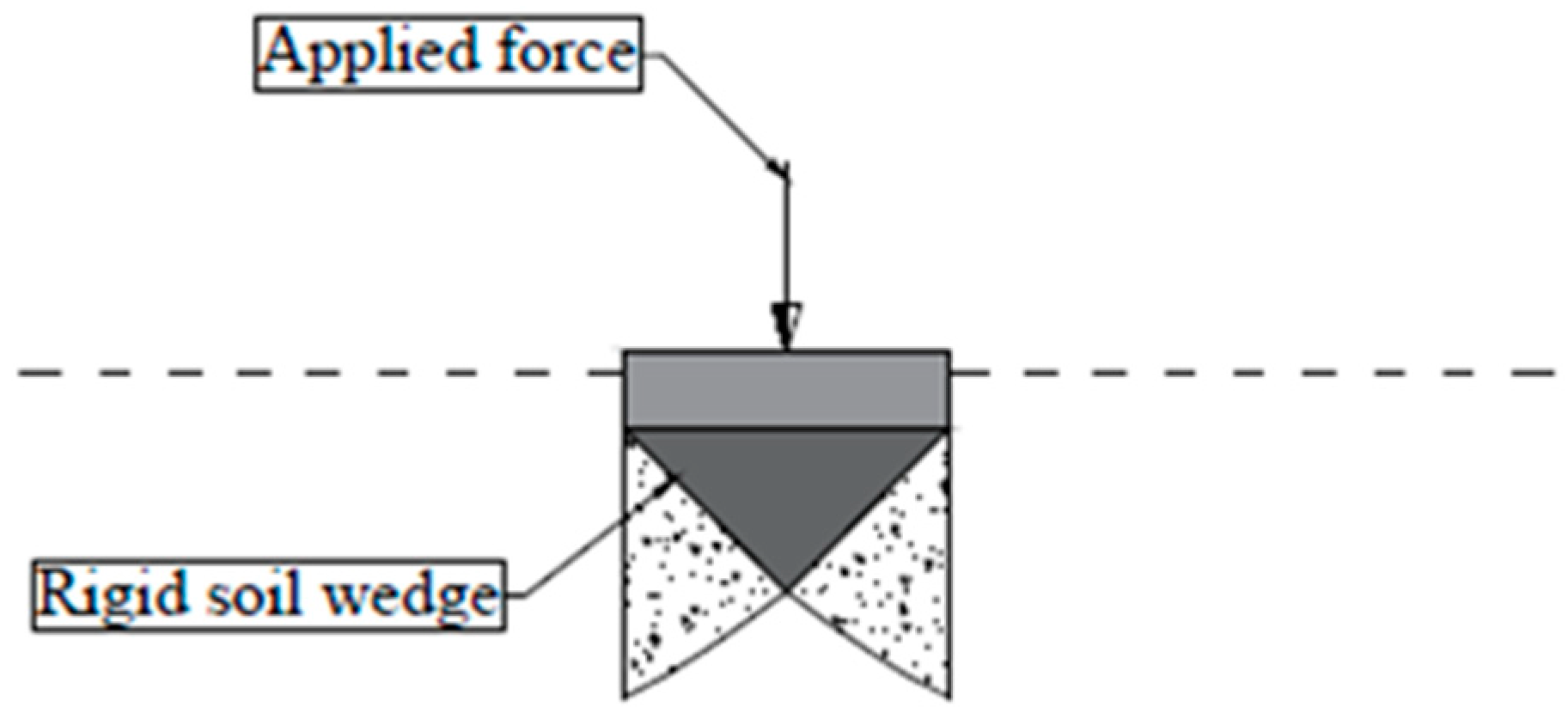
| Design or Philosophy of Behavior | |||||
| Case 1 | Case 2 | ||||
| MP elements that are loaded directly (MPs main applicability is being a foundation system). This type of MPs is widely used and most of the applications and research activities were conducted with this type of MPs. | MPs elements are not loaded directly, but they create a theoretical composite soil–MPs base that resists the applied force (MPs main applicability is soil improvement). | ||||
| Construction or method of grouting (Figure 4) | |||||
| Type A | Type B | Type C | Type D | Type E * | |
| Grouting is placed under gravity head only. | Grouting is placed under the pressure of 0.5–1.0 MPa during the withdrawal of the temporary drill casing. | Step 1: Grouting is placed under gravity head only. Step 2: Additional one-time grout is injected under a pressure of at least 1 MPa. | Step 1: Grouting is placed under gravity head only or under pressure. Step 2: Additional grout is injected under a pressure of 2–8 MPa, the post-grouting can be done several times in several layers. | Continuous-thread hollow-core steel bars that are used to drill and to inject the grouting (self-drilling MPs). | |
| Factor | Subfactors | Details |
|---|---|---|
| MP-related factors | Grouting | Material, pressure, technology, etc. |
| Bearing elements and Casing | Material, stiffness, etc. | |
| MP shape | Vertical, inclined, reticulated, uniform/nonuniform section, etc. | |
| Soil-related factors | Soil properties | Cohesive, cohesionless, density, etc. |
| Soil stratigraphy | Homogeneous, well-graded, weak soil overlying strong soil layer, etc. | |
| Soil dynamic properties | Influence on the seismic wave propagation | |
| MP-to-structure connection-related factors | Fixity condition | Between two extremes: fully fixed and fully pinned |
| Connection type | Concrete pile cap, steel plate, steel base | |
| Contact with soil | For example, in the case of pile cap, it can be fully embedded in soil, partially embedded, frictional contact, or with no contact | |
| Loading-related factors | Loading type | Axial, lateral, static, dynamic, complex, etc. |
| Loading intensity | Low, medium, and high (usually described in function of resulting strains) |
| Detail | Description | Advantages |
|---|---|---|
| PD.1 | Casting new footing to cover MPs and allow the installation of BIS | Typical detail for MPs and BIS |
| PD.2 | Installing MPs through an existing foundation (can also be used with a new foundation) and attaching the BIS on top of MPs bearing plate through welding | Can be used for new/existing structures |
| PD.3 | Installing MPs through a steel base frame (new or existing) and attaching the BIS on top of MPs bearing plate through welding | Can be used for new/existing structures; Relatively faster installation (no concrete pouring); Steel frame is easily adjusted |
| Reference | Scope | Main Method | Remarks |
|---|---|---|---|
| [6,14] | Dynamic behavior of MPs with different grouting methods | Full scale experimental method (field study) | Grouting pressure has direct influence on the dynamic behavior (kinematic interaction) |
| [7] | Dynamic behavior of MPs in loose sand | Scaled experimental method (shaking table test) | Soil densification phenomenon; Effect on the kinematic and inertial interactions |
| [11] | Seismic performance of soil–MPs–superstructure | Numerical analysis (MC criterion) | Validated by a single-degree of freedom shaking table test; Parametric study with results illustrating the aspects of kinematic and inertial interaction |
| [12] | The influence of MP-to-structure connection | Numerical analysis (linear elastic) | Fixity condition influencing the dynamic amplification factor (inertial interaction) |
| [14] | Seismic performance of inclined MPs | Numerical analysis (MC criterion) | Not explicitly calibrated; Energy dissipation phenomenon (inertial interaction) |
| [15] | Effects of grouting technology on MPs behavior | Full scale experimental method (field study) | Grouting technology can enhance materials consumption, leading to stiffer MPs due to the reduction in the lost materials; Influence on both kinematic and inertial interactions |
| [16] | Load sharing between MPs and raft | Numerical analysis (MC criterion) | Influence on the inertial interaction |
| [35] | Soil plasticity influence in the analysis | Numerical analysis (MC criterion) | Influence on the inertial interaction |
| [36] | Performance of MPed rafts in sand | Scaled experimental method (centrifuge test) | Simulation of MPed raft behavior in sand with MC criterion; Calibrated with centrifuge test Influence on the inertial interaction. |
| [37] | Performance of MPed rafts in clay | Scaled experimental method (centrifuge test) | Simulation of MPed raft behavior in clay with MC criterion; Calibrated with centrifuge test; Influence on the inertial interaction |
| [38] | Installation methods influence on the failure mechanism | Scaled experimental method (model test) | MP confinement effect as a function of inclination angle; Influence on the kinematic interaction |
| [39] | Axial behavior of MPs | Full scale experimental method (field study) | Self-drilling MPs (type E) are the element of the study; Discusses the bond strength of this type of MP; Results can be used for calibration of numerical models; Inertial interaction |
| [40] | Influence of MPs stiffness on underpinning applications | Scaled experimental method (model test) | Compression of load sharing between waveform MPs and type-A MPs; Grouting pressure influencing the stiffness and MP behavior; Influence on the inertial interaction |
| [41] | Uplift capacity of MPs embedded in rocks | Scaled experimental method (model test) | Simulation of MPs behavior in rocks with MC criterion; Calibrated with model test; Influence on both kinematic and inertial interactions |
| [42] | Long-term consolidation | Numerical analysis (MCC criterion) | Calibrated with model test; MP efficiency in terms of long-term consolidation |
| Factor | Importancy | Comments |
|---|---|---|
| Grouting | Grouting can modify the surrounding soil, which has a major influence on the kinematic and inertial interactions | Influence of gravitational and low pressure grouting (type A and B) have been studied with expermental and numerical methods [6,12,15]; More research on high pressure grouting needs to be carried out, some experimental data already exists; Calibrated numerical models of high pressure MPs might not be sufficient |
| Bearing elements and casing | Minor influence on the inertial interaction | Bearing elements and casing can help in providing stiffer MPs, which can influence the inertial interaction; Usually when studying MPs behavior, the MPs are treated as one composite element and the global behavior is concerned—more studies might be interesting in investigating the bearing elements role in the inertial interaction, not only by considering its influence on the stiffness, but also the influence on damping due to the plastificization of the steel components, cracks forming in the grouting body, and debonding that may occur due to an exccesive sesmic load [14,35]; Both experimental and advanced numerical analysis are needed. |
| MP shape | Influence on the inertial interaction by affecting the stiffness and on the kinematic interaction by modifying the soil | MP shape was mainly studied in terms of the influence on the inertial interaction by increasing the MP stiffness or modifying the inclination angle, especially for type A, B, and WF MPs—this was studied both experimentally and numerically [6,7,11,13,14,15,16,37,40]; The potential influence on the kinematic interaction, however, especially with high pressure grouting MPs, is not yet sufficiently studied; Additionally, the confinement effect due to MP inclination and installation method needs to be further investigated |
| MP-to-structure connection | Influence on the inertial interaction | The influence on the kinematic interaction is minor in this case; Numerical studies on the fixity condition exist in the linear elastic domain with perfect condition assumed (fully fixed/pinned), but taking into account the debonding phenomenon that might occur during high seismc events, research in this field needs more advancement [11,12,35]; This nonlinearity might have interesting application in the inertial interaction considering the influence on damping value |
Publisher’s Note: MDPI stays neutral with regard to jurisdictional claims in published maps and institutional affiliations. |
© 2022 by the authors. Licensee MDPI, Basel, Switzerland. This article is an open access article distributed under the terms and conditions of the Creative Commons Attribution (CC BY) license (https://creativecommons.org/licenses/by/4.0/).
Share and Cite
Abou Alhaija, M.; Batali, L. Seismic Behavior of Micropiles and Micropiled Structures Used for Increasing Resilience: A Literature Review. Appl. Sci. 2022, 12, 2743. https://doi.org/10.3390/app12052743
Abou Alhaija M, Batali L. Seismic Behavior of Micropiles and Micropiled Structures Used for Increasing Resilience: A Literature Review. Applied Sciences. 2022; 12(5):2743. https://doi.org/10.3390/app12052743
Chicago/Turabian StyleAbou Alhaija, Majd, and Loretta Batali. 2022. "Seismic Behavior of Micropiles and Micropiled Structures Used for Increasing Resilience: A Literature Review" Applied Sciences 12, no. 5: 2743. https://doi.org/10.3390/app12052743





